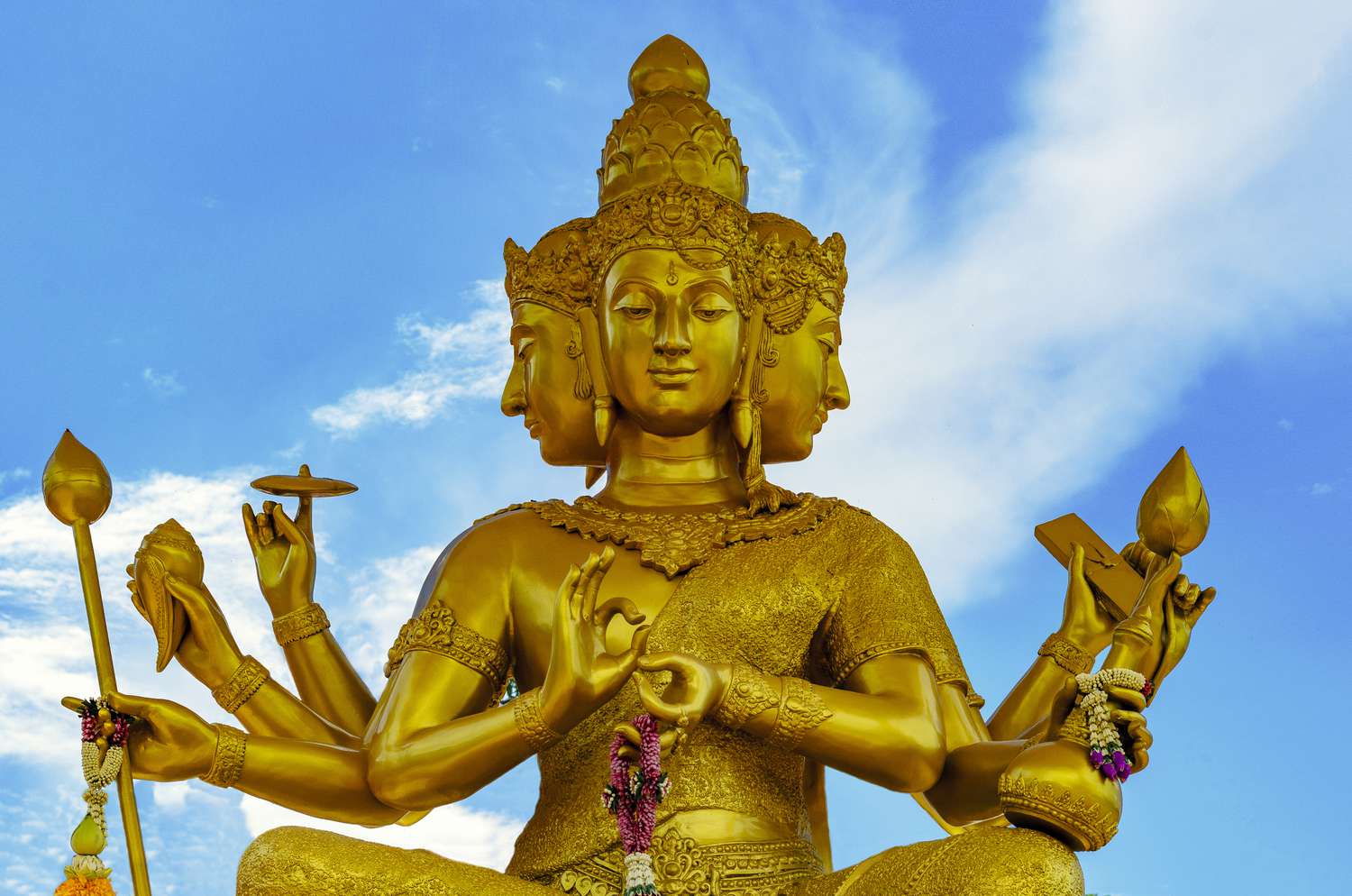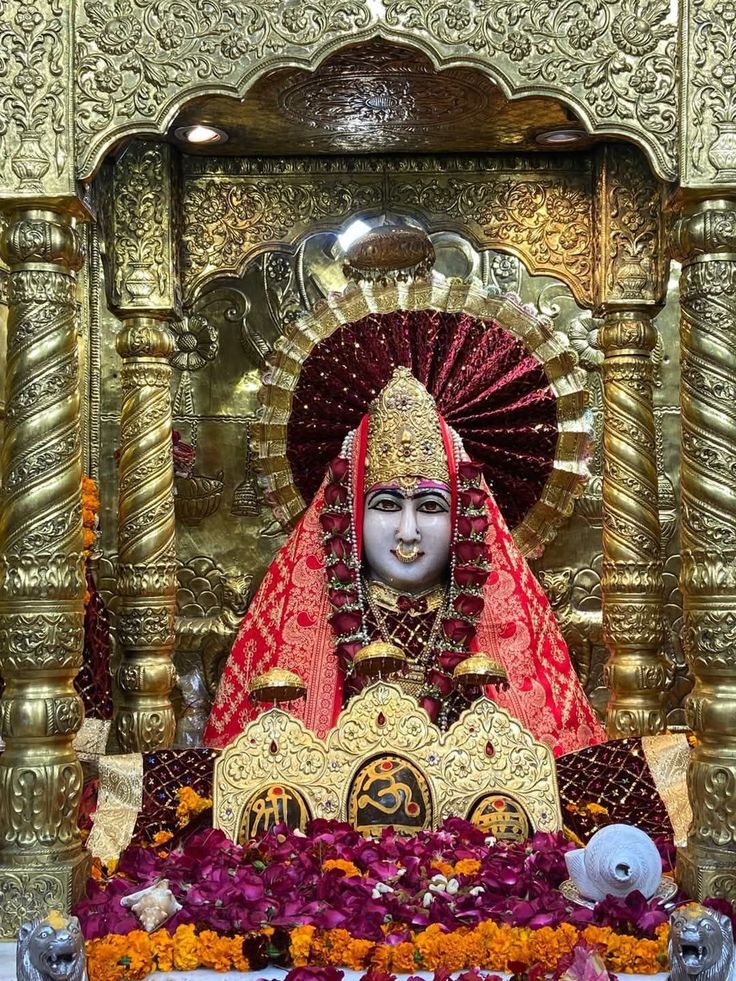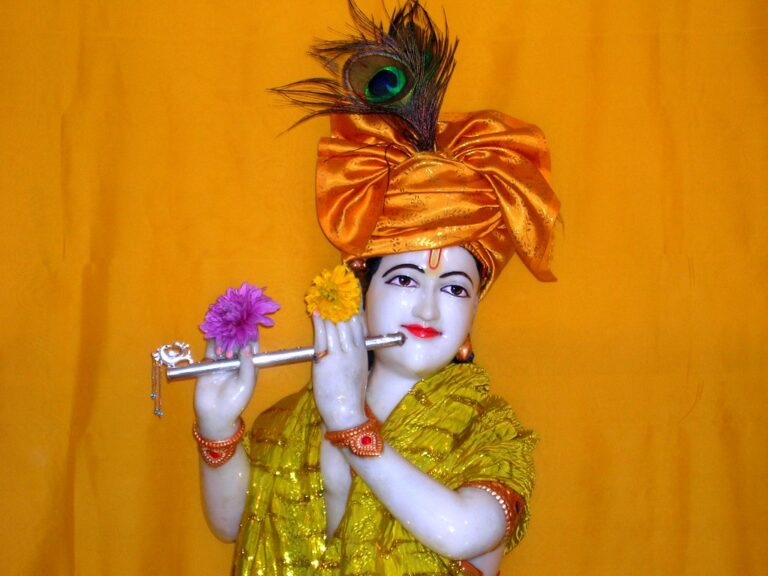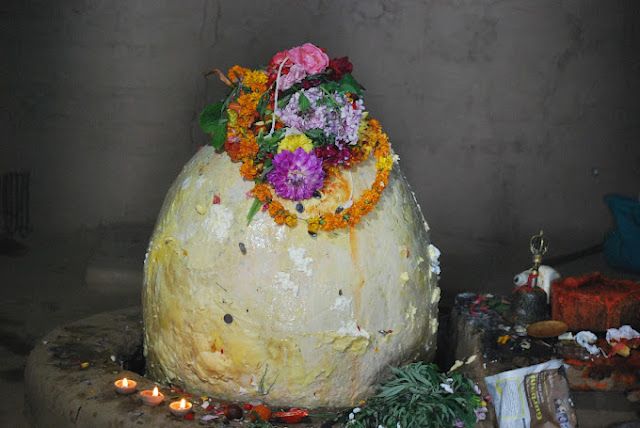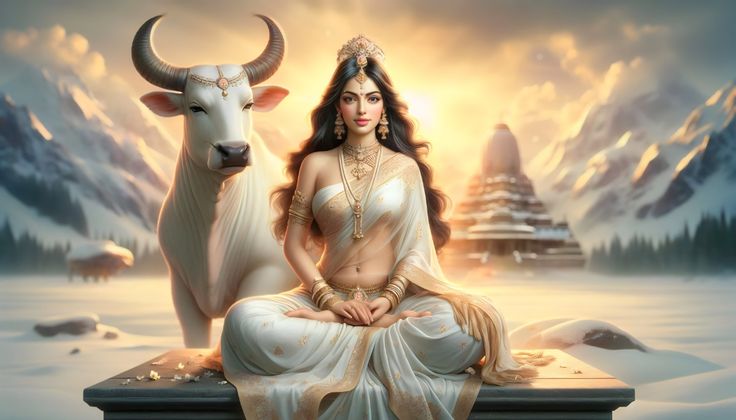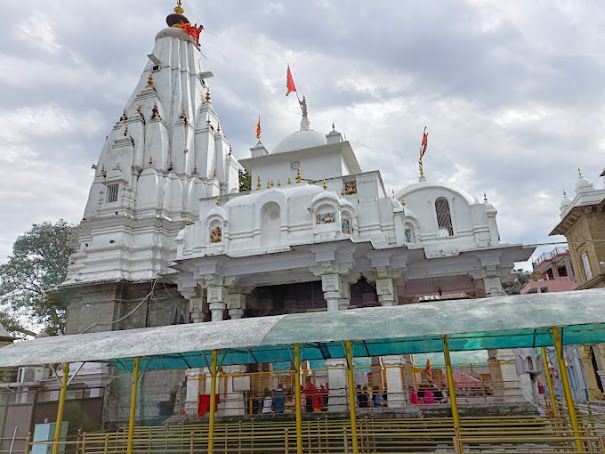In the vast tapestry of Sanatan Dharma, where gods and goddesses manifest with layers of symbolism and cosmic roles, Lord Brahma stands at the very beginning—yet remains the most forgotten. He is the creator of the universe, the one from whom all beings emanate, and yet, ironically, the one whose temples are nearly nonexistent, whose name is rarely invoked in prayer, and whose stories are barely told.
Why did this happen to the very god who gave birth to existence? Who is Lord Brahma beyond the textbook introductions? And what can his journey teach us about creation, ego, and balance in the spiritual realm?
Let’s go back to the beginning.
The Cosmic Birth of Brahma
According to Hindu cosmology, before time began, there was only the unmanifested, infinite consciousness—Brahman. From this vast, formless divinity arose the Trimurti: Brahma the creator, Vishnu the preserver, and Shiva the destroyer.
Lord Brahma manifested on a lotus that sprouted from the navel of Lord Vishnu, who lay in yogic slumber on the cosmic ocean. The lotus is not a casual symbol—it represents purity, birth, and the unfolding of the universe itself. From this lotus, Brahma opened his eyes, unaware of who he was or where he came from.
He looked around into the void, heard the sacred syllable “Om,” and set about the act of creation.
The Act of Creation: From Thought to Cosmos
Unlike creation stories in many religions that begin with a command or a divine battle, Brahma’s creation begins from meditation. He created the four Kumaras (Sanaka, Sanandana, Sanatana, and Sanatkumara) from his mind. When they refused to obey his command to populate the universe, choosing instead the path of celibacy and spiritual knowledge, Brahma grew frustrated. This moment of intense emotional turbulence gave rise to Rudra—a fierce form who would later evolve into the complex deity we know as Shiva.
From Brahma’s thoughts also came Saraswati, the goddess of wisdom, speech, and knowledge. She was his daughter, and in some versions of the Puranas, his consort—representing how knowledge and creation must go hand in hand.
He gave shape to time, the directions, the Vedas, the elements, and the first beings who would populate the realms.
Why Is Brahma Not Worshipped?
This is one of the most intriguing spiritual mysteries in Hinduism. How did the creator himself fall into obscurity?
There are several interpretations:
- The Curse of Lord Shiva
One common tale says that Brahma once lied about finding the top of Shiva’s infinite pillar of fire (the lingam). When he claimed to have reached the summit falsely, Shiva cursed him: “You shall not be worshipped.” Only one temple—Pushkar in Rajasthan—remains actively dedicated to Brahma. - The Ego of Creation
Creation can be intoxicating. The ego that comes with being the originator of all things made Brahma proud. In contrast, Vishnu represents humility, and Shiva, detachment. It is believed the cosmos chose to focus its devotion on those who embody balance and renunciation rather than pride. - Completion of Role
In some schools of thought, once Brahma completed his role in creation, there was no need to continue his worship. Just like a builder moves on after constructing a house, Brahma too recedes into the background once the universe is formed.
Brahma’s Few Temples and the Sacred Pushkar Shrine
The most prominent temple dedicated to Lord Brahma is in Pushkar, Rajasthan. This serene town, surrounded by hills and bathed in mythological aura, is said to have emerged when Brahma dropped a lotus from his hand, and a lake sprang up where it fell.
The temple is simple yet spiritually charged. Pilgrims take a dip in the Pushkar Lake before entering. And once a year, during the Kartik Purnima fair, thousands gather to honor the creator who is otherwise forgotten.
There are a few other lesser-known Brahma temples in Tamil Nadu, Kerala, and even Indonesia, but none with the scale or significance of Pushkar.
Symbolism of Lord Brahma
Every aspect of Brahma’s form is layered with meaning:
- Four Faces: They symbolize the four Vedas (Rig, Yajur, Sama, and Atharva), and the four directions. They also represent four aspects of human consciousness: mind (manas), intellect (buddhi), ego (ahamkara), and conditioned consciousness (chitta).
- Beard and Old Age: Reflecting wisdom and the passage of time.
- Kamandalu and Rosary: Signifying spiritual discipline and creation through sound (Om).
- Vahana (Vehicle) – Swan (Hamsa): The swan is said to be able to separate milk from water, symbolizing the ability to discern truth from illusion—an essential trait of the creator.
Brahma and Saraswati: The Union of Creation and Wisdom
In many Puranic legends, Brahma is paired with Saraswati, the goddess of knowledge, music, art, and learning. Their relationship is symbolic of the cosmic necessity: creation cannot sustain without wisdom.
In fact, the lack of worship toward Brahma is often seen as a reminder—when creation is devoid of humility and wisdom, it leads to imbalance. Only when knowledge guides creation can the universe remain in harmony.
The Philosophical Perspective
In the Upanishads and Vedantic thought, Brahma the deity is not separate from Brahman, the infinite, unchanging reality. The personal form of Brahma is only a tool for the mind to grasp the abstract concept of creation. Ultimately, Brahma’s story becomes a lens through which we contemplate the origin of thought, time, and individuality.
Why Brahma’s Story Matters Today
In the age of rapid innovation, where humans create constantly—technology, ideas, systems—the cautionary tale of Brahma becomes relevant. Are we creating with wisdom? Or are we, like Brahma, losing ourselves in ego and forgetting the very purpose behind our powers?
The story of Brahma reminds us that creation is sacred, but only when it flows from balance, humility, and knowledge.
And Yet, He Watches
Just because we do not chant his name daily doesn’t mean he is absent. Lord Brahma is present in every moment of birth, in the first cry of a newborn, in the beginning of a poem, in the spark of a thought. He is the quiet witness, the forgotten architect of this cosmic stage.
And perhaps that’s the beauty of Brahma—not the god who demands devotion, but the one who started it all and then stepped back, allowing the universe to play its part.

